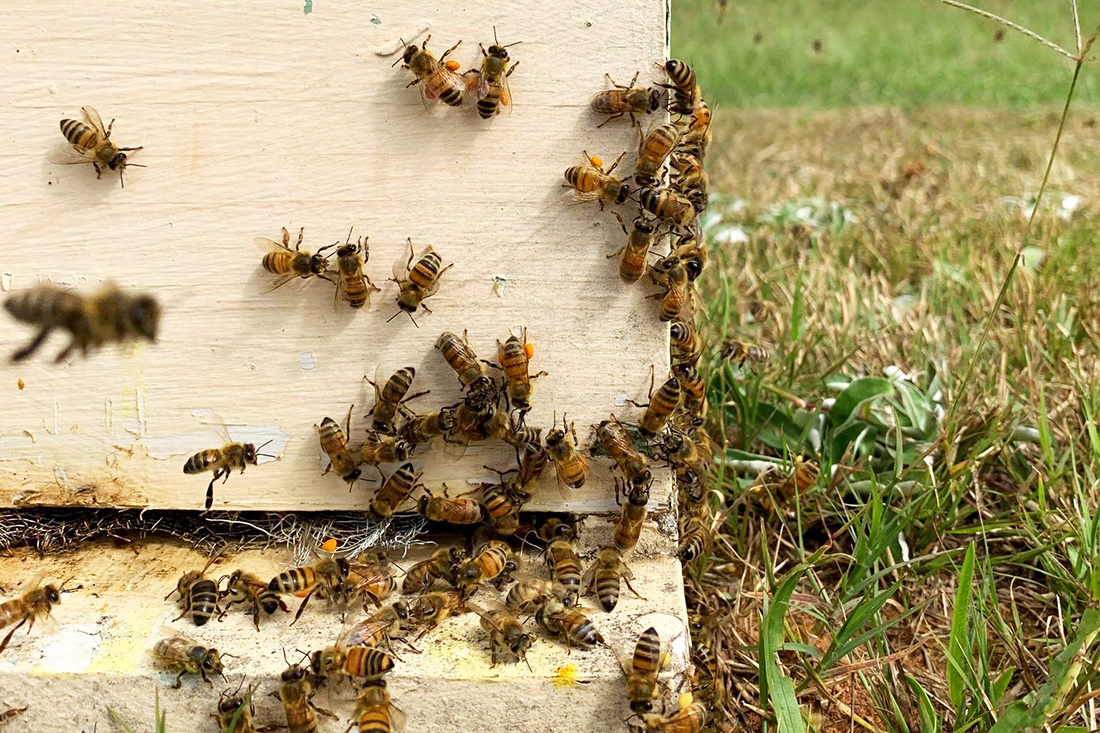By William Terry Kelley
University of
Georgia
With spring just starting to emerge, the colors of fall are still months away. But if you want to grow your own harvest scene for fall, you have to start planning and planting now.
Many varieties of ornamental corn are available nowadays. They range from the traditional multicolored ears, often called Indian corn, to blue and even pink kernels.
How to grow it
Growing ornamental corn is practically the same as growing regular sweet corn or field corn.Grow corn on well-drained soil with the pH adjusted to 6.0 to 6.5. Till about a half-pound of 10-10-10 fertilizer per 100 feet of row into the soil.
In rows 3 feet apart, plant seeds 9 to 12 inches apart in the row. After about four weeks, add another half-pound of fertilizer per 100 row feet. Repeat this again just as the corn starts to tassel.
Scout closely
As with other corn, insects can be a problem. Keep an eye on your garden to see if you need to treat for corn earworms or other insects that might forage on your crop. Keep the weeds out at least until it gets tall enough to shade out competitive weeds.Most varieties require 100 to 110 days to mature. However, if you plant after the soil has warmed up some, this may be shortened by a week or more. Varieties are more likely to mature faster in south Georgia, too, where temperatures are higher.
Some really attractive varieties are available. "American Pride," for instance, produces multicolored ears about 9 inches long. "American Way" has much larger ears in the 10- to 13-inch range.
The unique thing about ornamental corn is that usually no two ears are just alike. The kernel pattern may be different on every ear.
Varieties
"Carousel" produces the multicolored ear in a miniature version that's only about 4 inches long. If you want an earlier-maturing variety, try "Fiesta." It has a mixture of red, yellow and white kernels.Now, for the more eccentric, you might want to try "Little Boy Blue," which produces 4-inch ears with blue kernels. Or try "Little Miss Muffet," which has similar-sized ears with pink kernels. Other appealing varieties include "Hopi Blue," "Indian Art 101" and "Autumn Splendor."
Allow ornamental corn to dry to a hard kernel on the stalk, just like field corn. You can harvest it as individual ears or by the whole stalk to add a little extra to the decor.
Either way, ornamental corn can be a fun challenge to prepare for the fall decor, even as spring is just beginning.
(Terry Kelley is an Extension Service horticulturist with the University of Georgia College of Agricultural and Environmental Sciences.)






